How to check your tire pressure
Under inflation is one of the leading causes of tire failure - let's check and make sure you're safe to travel on the open road


STEP 1
Before you start, make sure your tires are cold.
Park and cool off your car for a while before you begin.
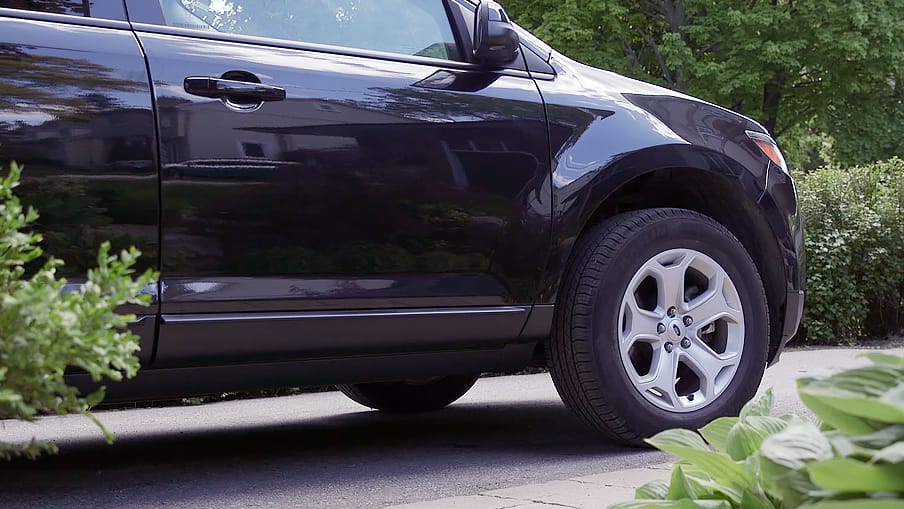
STEP 2
Once your tires have cooled down, remove the valve cap from the wheel.
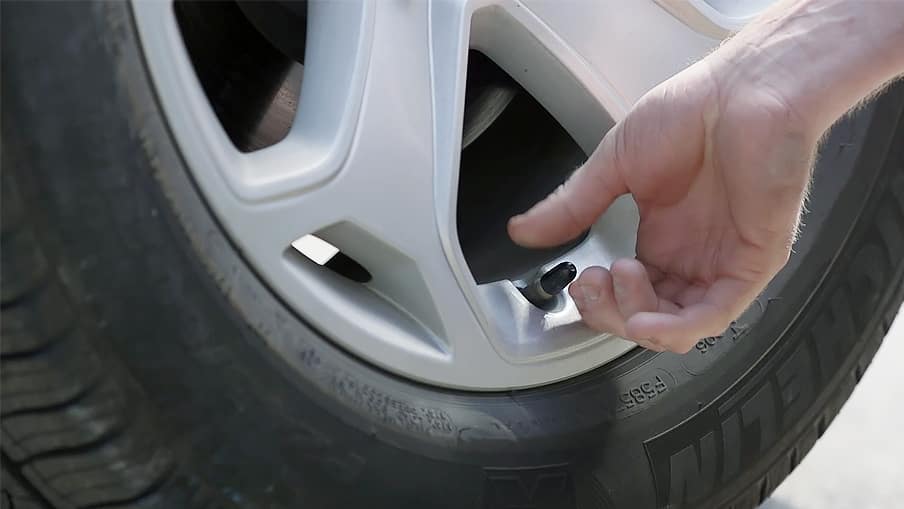
STEP 3
Place your digital or analogue tire gauge over the valve. Be sure to check all 4 tires.
What you’re looking for is the air pressure, measured in PSI (Pounds per Square Inch).

STEP 4
Some cars have a TPMS on board - it's designed to notify you when the tire pressure drops too low.
Keep an eye out for this symbol appearing on your dash.
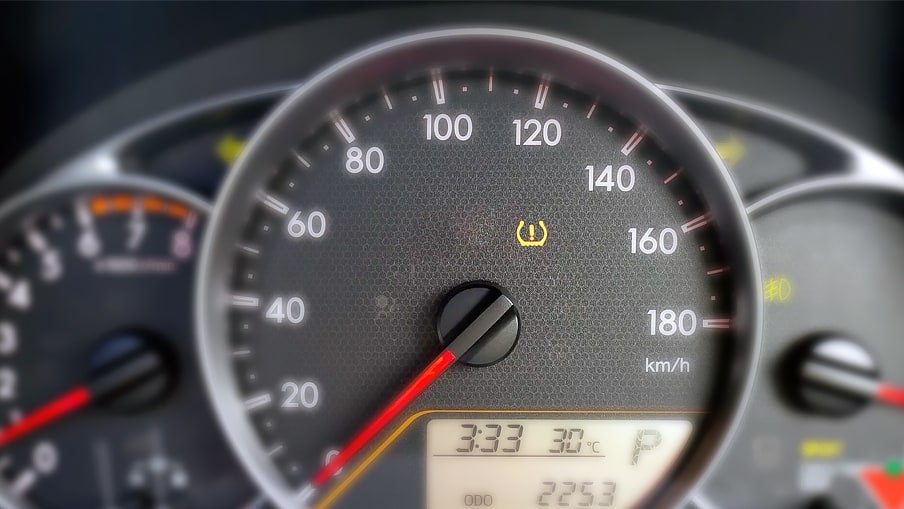
STEP 5
Check your owner's manual or vehicle placecard to check the specifications.
This will tell you the recommended air pressure (PSI) for your tires.
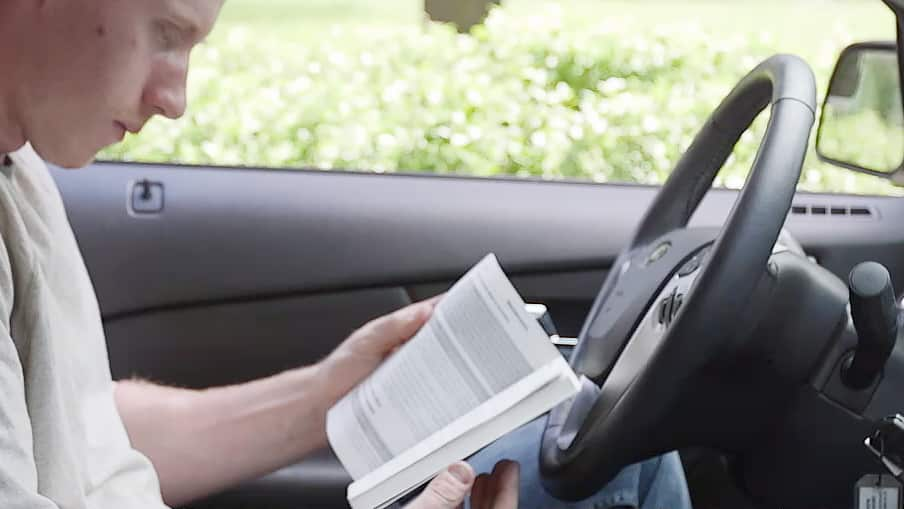
STEP 6
Choose the correct tire size.
Check your owner’s manual or the vehicle placard to make sure you have the correct information for your tire size. Some tires will also have their size printed on the side.
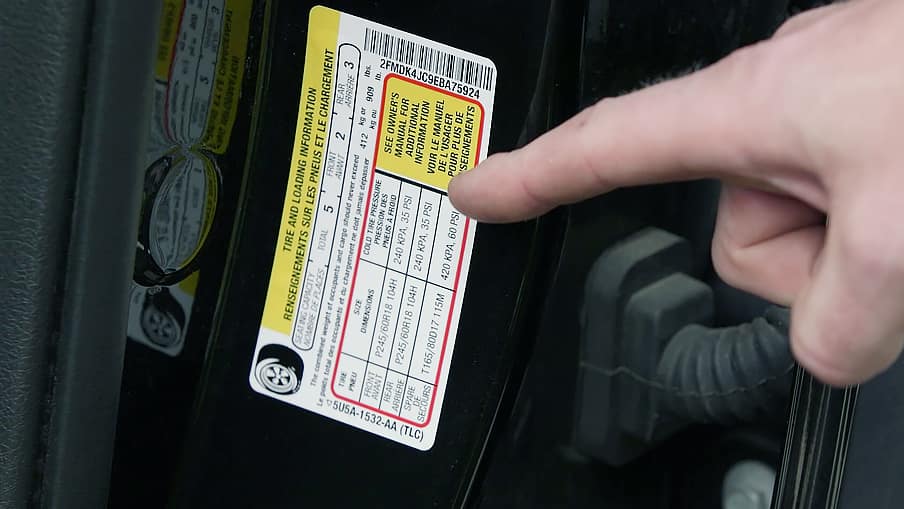
STEP 7
If your tire pressure is too low, use a pump to add more air.
Measure as you go - stop once you've reached the recommended inflation level. Do not add extra air.
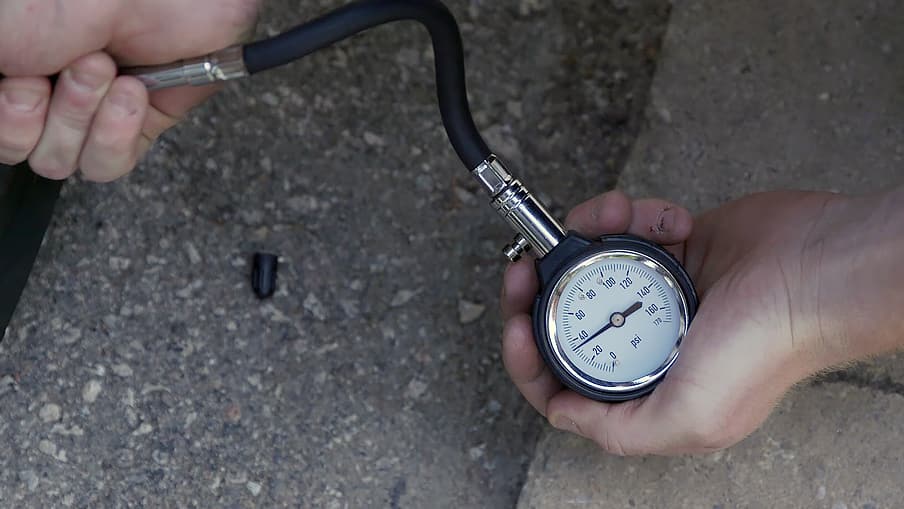
STEP 8
If your tire pressure is extremely low, visit your local Canadian Tire Service Centre to get it checked out.
There’s a chance you might have a leak in your tire that should be sealed.

